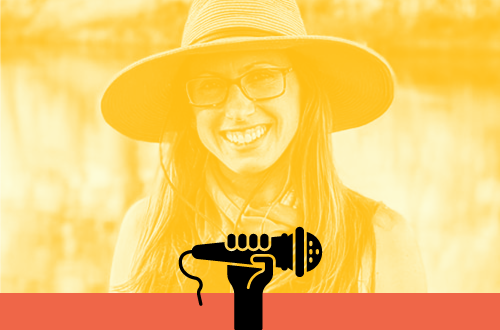
2020 (bio)Diversity Interview Series: Melanie Hill
We asked WILD’s program directors to share with us their biggest hopes for our future and the obstacles they face. This week, we feature Melanie Hill.

We asked WILD’s program directors to share with us their biggest hopes for our future and the obstacles they face. This week, we feature Melanie Hill.
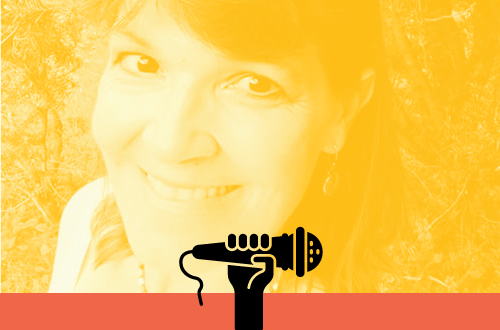
We asked WILD’s program directors to share with us their biggest hopes for our future and the obstacles they face. This week, we feature Susan Canney.
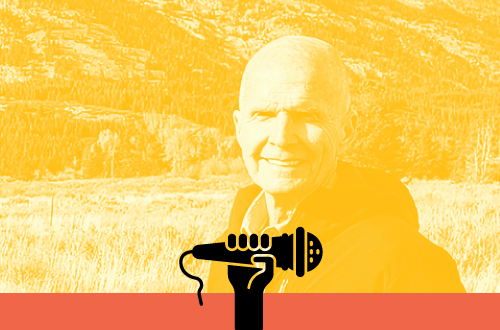
We asked WILD’s program directors to share with us their biggest hopes for our future and the obstacles they face. This week, we feature Vance Martin.
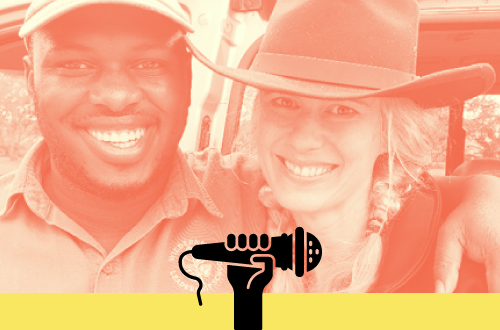
We asked WILD’s program directors to share with us their biggest hopes for our future and the obstacles they face. This week, we feature Amy Lewis.
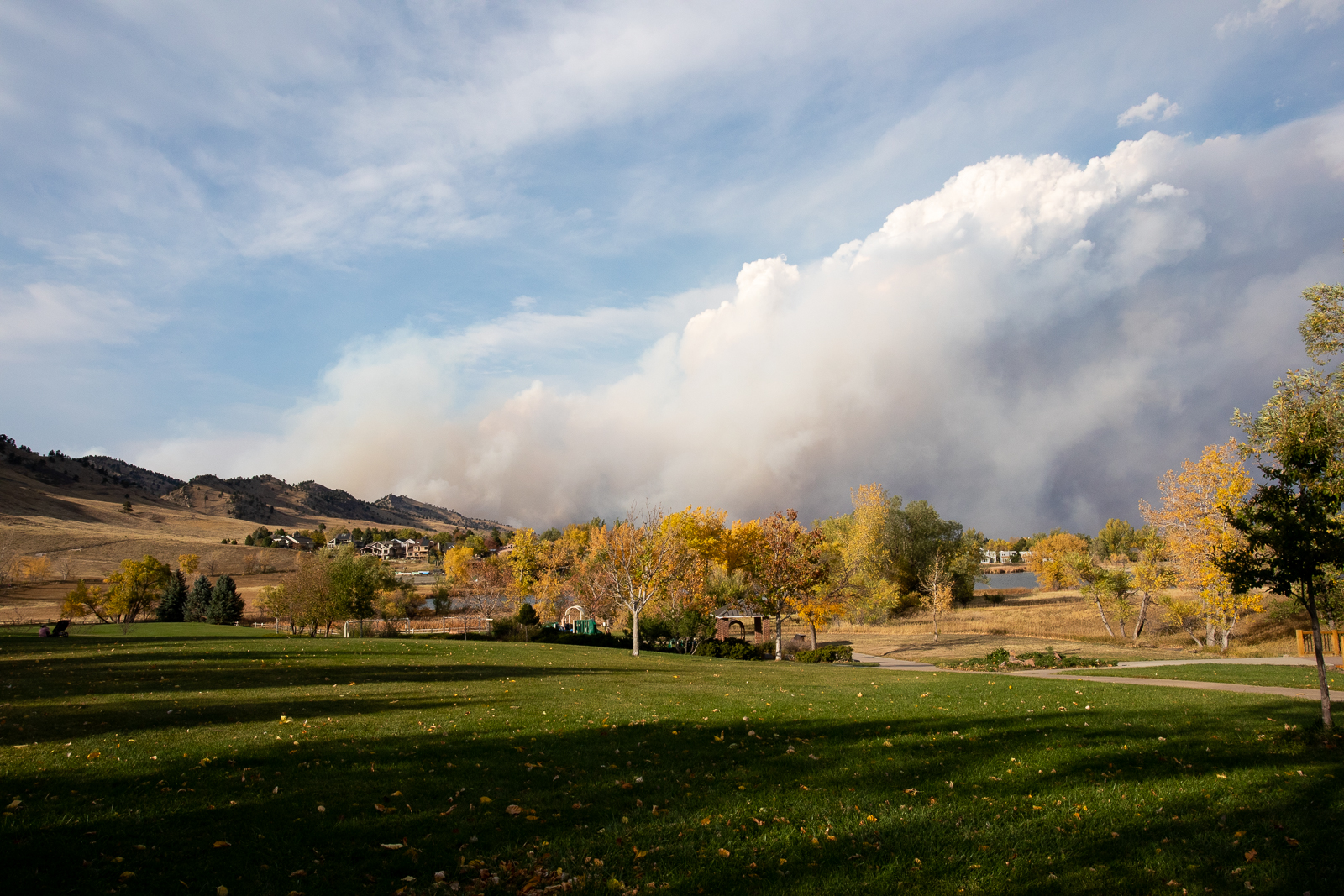
When fires like these occur, we wonder – how do they affect our wildlife populations?
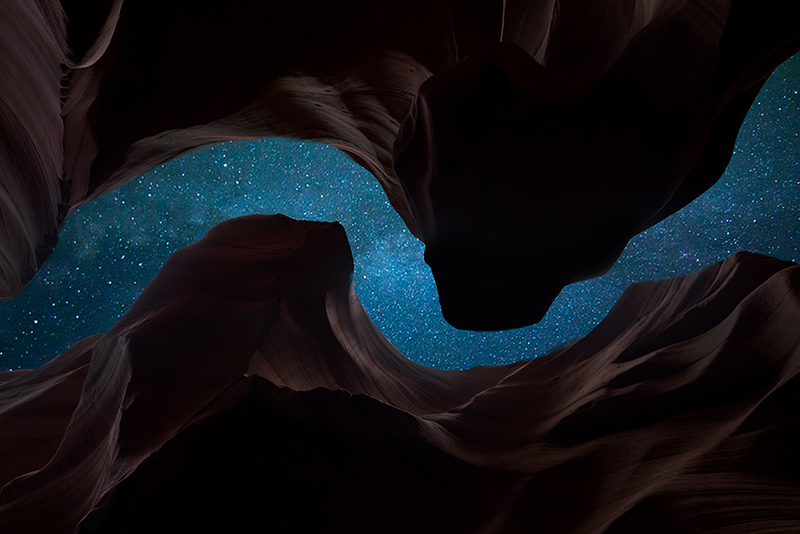
The Story for Our Future, the 11th World Wilderness Congress’ primary policy recommendation, is based on the guidance of leaders from all sectors of society and dozens of countries around the world, and is the latest and most detailed product of this global process.
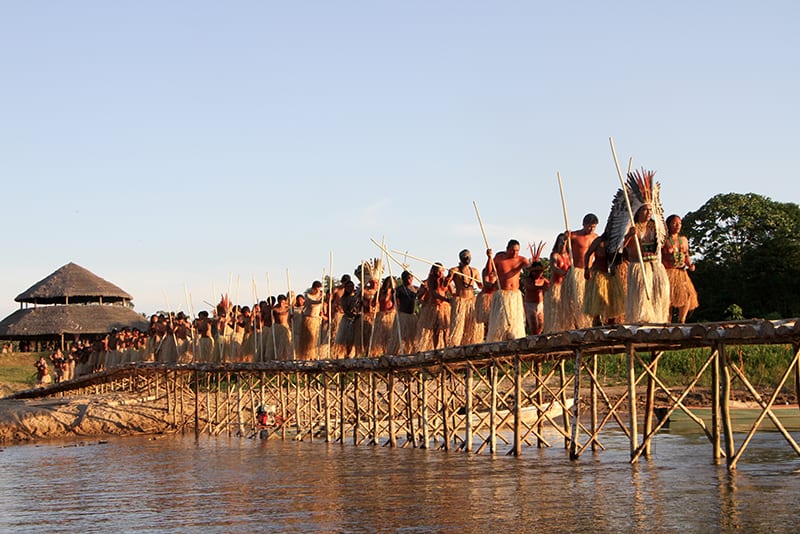
In the 1960s South Africa of Apartheid, when non-white people were segregated and subjugated, our founders (Magqubu Ntombela and Ian Player) worked together in the wilderness and, with a team of many races and cultures, saved the white rhino from extinction.
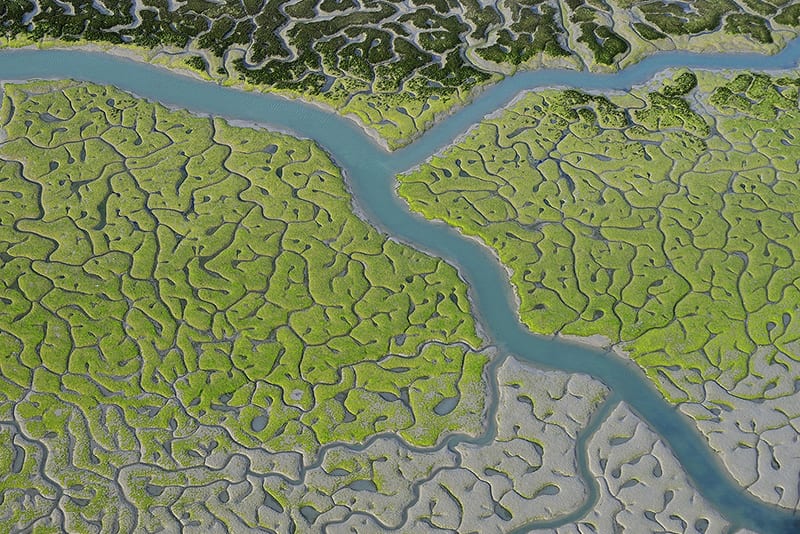
The danger now is that we merely try to get back on track and restore business as usual. What we ought to restore instead is wild nature and our respect for the natural world.
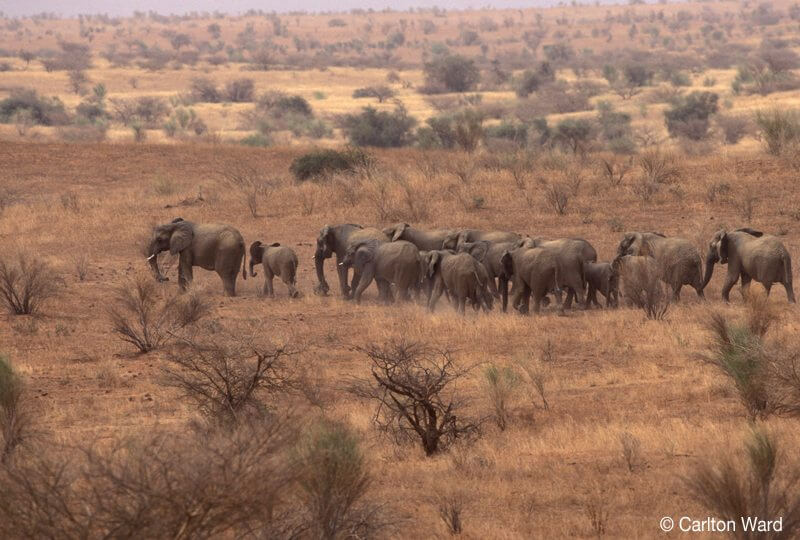
To view this protected post, enter the password below:
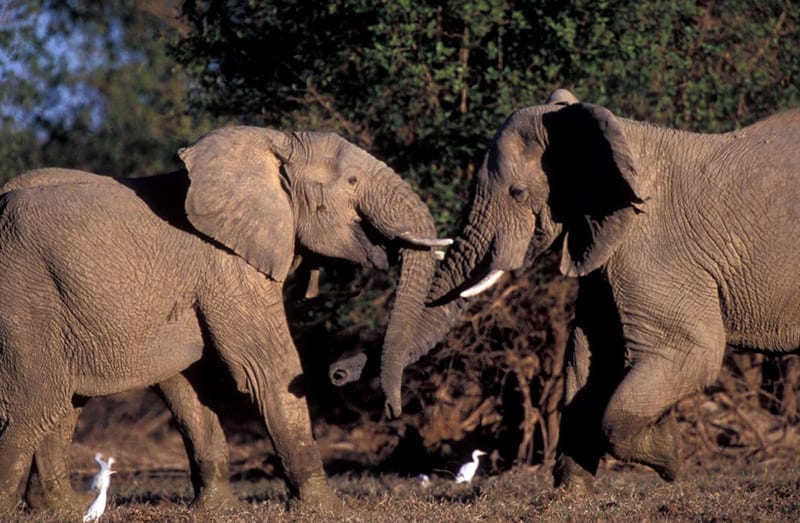
To view this protected post, enter the password below: